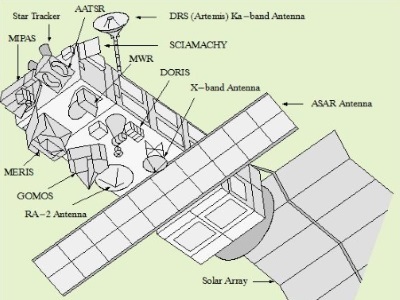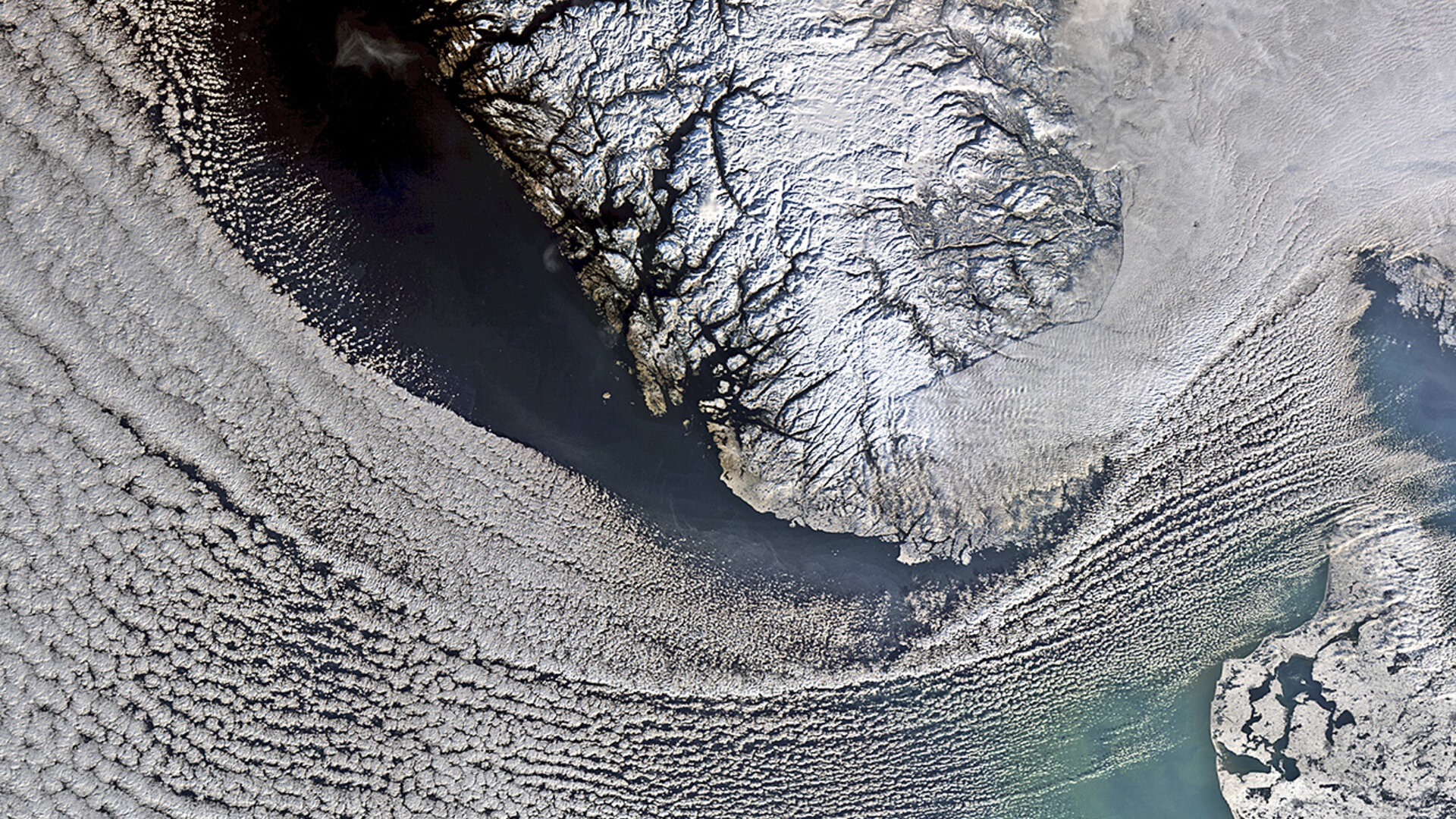Featured
About Envisat

Envisat was ESA's successor to ERS. Launched on 1 March 2002 on an Ariane-5 rocket from Europe's spaceport in French Guiana, Envisat was the largest Earth observation spacecraft ever built with 10 instruments aboard and at eight tonnes was the largest civilian Earth observation mission ever launched.
More advanced imaging radar, radar altimeter and temperature-measuring radiometer instruments extended ERS data sets. This was supplemented by new instruments including a medium-resolution spectrometer sensitive to both land features and ocean colour. Envisat also carried two atmospheric sensors monitoring trace gases.
The Envisat mission ended on 8 April 2012, following the unexpected loss of contact with the satellite.
Envisat Objectives
The main objective of the Envisat programme was to endow Europe with an enhanced capability for remote sensing observation of Earth from space, with the aim of further increasing the capacity of participating states to take part in the studying and monitoring of the Earth and its environment.
The primary objectives of Envisat were:
- to provide for continuity of the observations started with the ERS satellites, including those obtained from radar-based observations
- to enhance the ERS mission, notably the ocean and ice mission
- to extend the range of parameters observed to meet the need of increasing knowledge of the factors determining the environment
- to make a significant contribution to environmental studies, notably in the area of atmospheric chemistry and ocean studies (including marine biology)
These were coupled with two linked secondary objectives
- to allow more effective monitoring and management of the Earth's resources
- to better understand solid Earth processes
The mission intended to continue and improve upon measurements initiated by ERS-1 and ERS-2, and to take into account the requirements related to the global study and monitoring of the environment.
Envisat Instruments

find out more

find out more

find out more

find out more

find out more

find out more

find out more

find out more
What is the non-scientific instrument payload?

find out more

find out more



